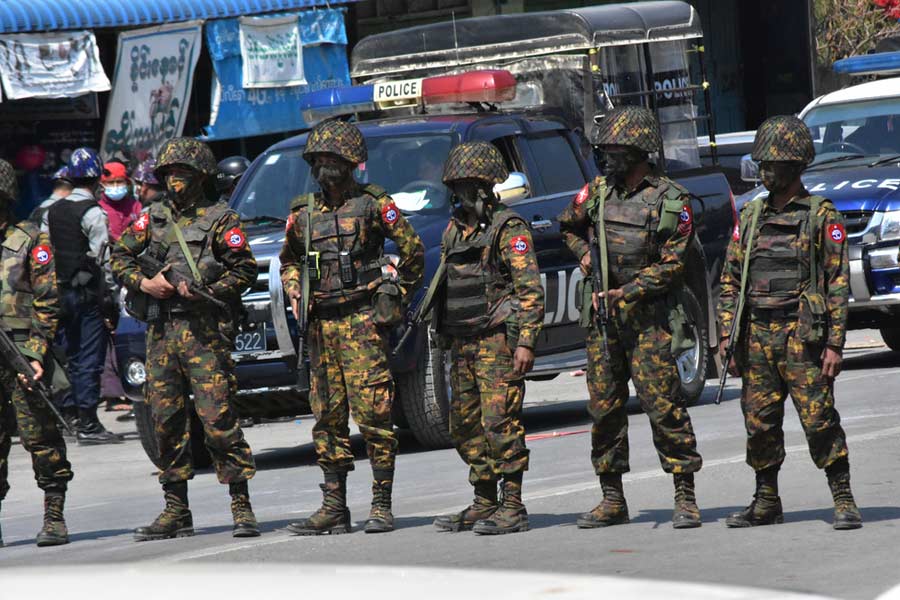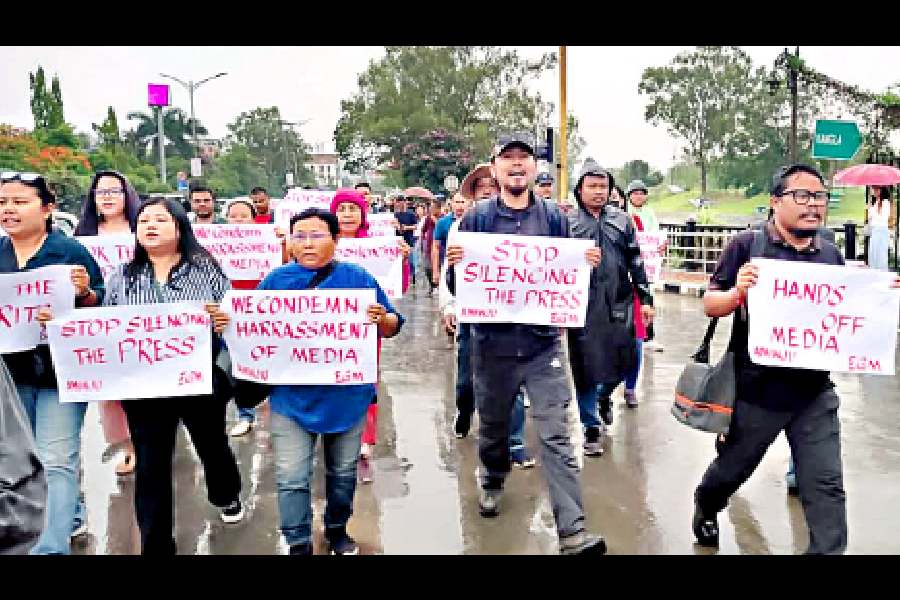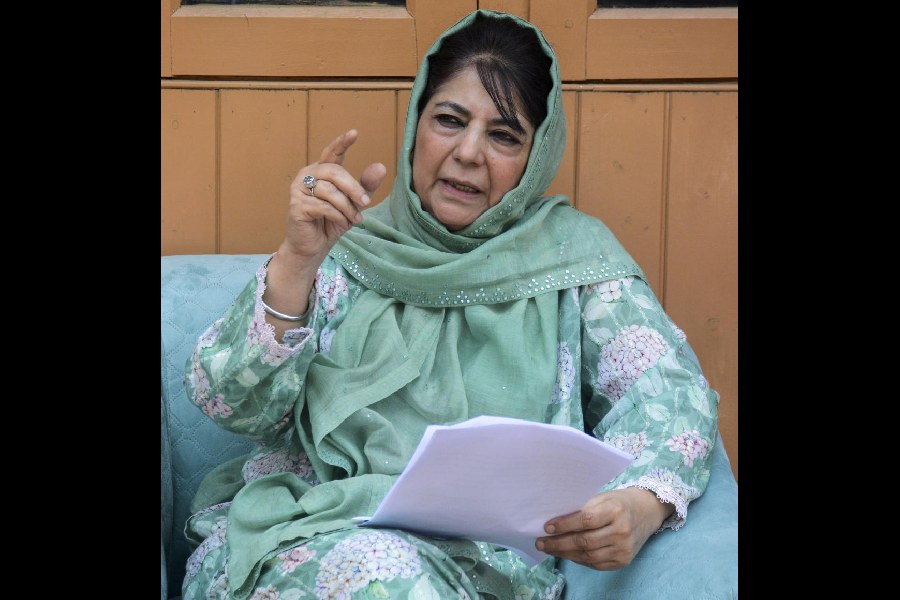Nov. 28: The one-man inquiry commission constituted by Dispur to probe indiscriminate construction in the city’s green belt has identified the revenue department as the villain of the piece.
In its report to the government, the T.L. Baruah Commission recommended that the revenue department be asked to henceforth consult the Guwahati Metropolitan Development Authority (GMDA) before allotting land for construction.
The commission, constituted on August 28, began the inquiry on September 18 and completed the task on November 15. It was asked to probe violation of norms pertaining to allotment of land in the green belt over the past 10 years.
“The commission found specific cases of permission for construction of buildings being given by the Guwahati Municipal Corporation (GMC) in violation of the zoning regulation, while the GMDA more or less adhered to the regulations,” Baruah said in his report.
The ruling Congress had accused the erstwhile AGP-led government of allotting 175 bighas of land in the green belt to various organisations and individuals for the purpose of building hospitals, warehouses and other such structures.
Minister of state for planning and development Himanta Biswa Sarma said the AGP-led government modified the Assam Land Revenue Registration Act in 1989 to pave the way for allotment of land in the green belt for activities other than farming.
The AGP, in turn, accused the Congress government of destroying the city’s green belt and allotting land for construction in violation of the masterplan norms.
Baruah said only the GMDA should have the authority to grant permission for construction in the green belt. At present, the GMDA and the GMC share the right to take decisions on the subject.
“Action should be taken against two officers of the GMC for giving permission (for construction in violation of norms) during the period 1993-99,” the inquiry commission said.
Of the 15 applications approved by the GMC during the period, 10 were found to be in violation of the zoning regulations.
“A proper survey and assessment of the entire green belt zone should be made jointly with the GMC and the revenue authorities in the new masterplan of the city” the commission recommended.
It said the wetlands and hills of the city should be counted as part of the green belt, which at present comprises 16 per cent of the masterplan area.
The commission found that the zone was not a compact one, but scattered across the city. Of the 43 villages included in the green belt, three are fully within it and 40 only partially. “Most of the land within the green belt is privately owned, though there are patches of government land within these zones,” the commission observed.
The Telegraph had reported in the inaugural edition of its Guwahati pages on October 22 that two posh localities of the city — Zoo Road and Zoo-Narengi Road — will be completely under water in a decade’s time if encroachment and illegal construction in the green belt continues at the present rate. The report quoted several ecology experts.
The inquiry commission said some of the villages in the green belt had transformed into “low-density/high-density residential areas” because of the rapid growth in the city’s population.
The GMDA conducted a fresh survey of 15 villages and found them “residentially developed”. It proposed that these areas be excluded from the green belt.
Baruah expressed disappointment over the fact that nobody submitted any information on illegal construction despite individuals and organisations being requested to do so.











